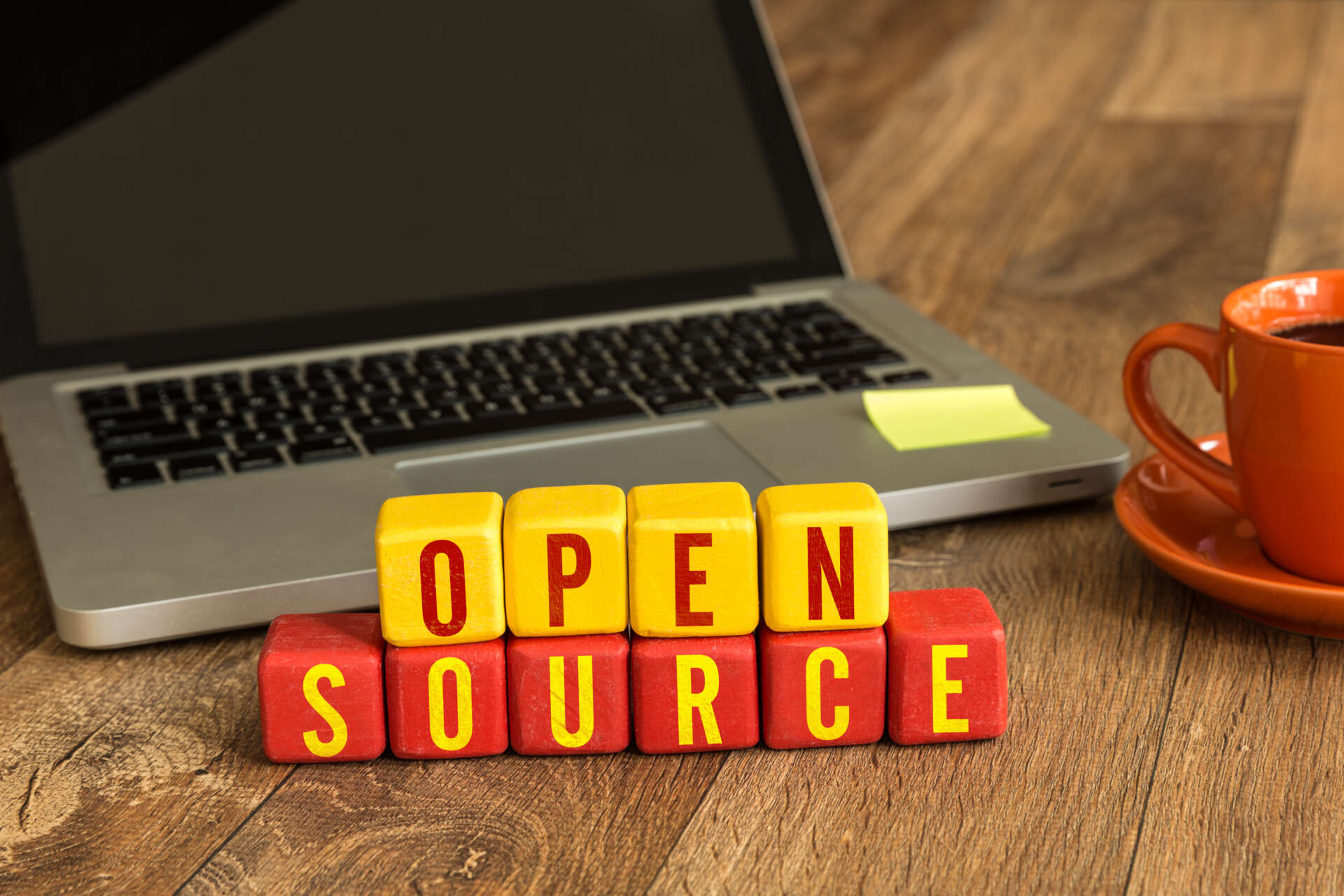Recent events surrounding the leadership of the WordPress open-source project have ignited significant discussion within the community and the wider web development industry. Concerns about the direction and stability of the platform are leading many to question how WordPress leadership impacting platform reliability. This situation highlights the complex dynamics inherent in large, successful open-source projects with significant commercial ecosystems built upon them. Understanding the roots of this unrest and its potential ramifications is crucial for anyone relying on WordPress.
Unrest in the WordPress Community
For years, WordPress has thrived on a robust and active community of developers, designers, users, and businesses. This collective effort has been fundamental to its evolution and widespread adoption, powering a significant percentage of websites globally. The open-source nature, governed by the GPL license, has fostered an environment where contributions are encouraged and the core software remains free and accessible to all. However, recent decisions and actions by the project’s leadership, particularly those originating from Automattic (the company founded by WordPress co-creator Matt Mullenweg), have caused considerable friction.
The core of the discontent appears to stem from perceived shifts in how the open-source project interacts with commercial entities that build products and services around WordPress. Accusations of prioritizing Automattic’s business interests over the broader community’s health and open principles have surfaced, leading to public debates and expressions of disillusionment from long-time contributors and companies within the ecosystem.
The relationship between the centralized leadership structure, heavily influenced by Automattic, and the distributed, often volunteer-driven community has always been a delicate balance. When that balance appears to shift, even slightly, it can lead to significant ripples of concern and distrust. The current situation reflects a moment where many feel this balance has been disrupted.
Recent Actions by WordPress Leadership
Several specific actions have fueled the recent controversy. One prominent event involved changes to the terms of service and access for certain ecosystem partners, particularly hosting companies like WP Engine, which heavily utilize WordPress.org infrastructure for plugin and theme updates and distributions. This led to a public dispute and legal action, centering on the terms under which commercial entities can interact with the free resources provided by WordPress.org.
Another significant point of contention arose from Automattic’s announcement regarding its sponsored contributions to the WordPress open-source project. The company stated a reduction in the hours its employees would dedicate directly to WordPress core development, aiming to align its contributions more closely with those of other ecosystem players, estimated at around 45 hours per week, a significant drop from previous levels. This move was explicitly linked by Automattic to the legal challenges initiated by WP Engine.
Beyond these high-profile incidents, there have also been reports of the deactivation of contributor accounts for individuals publicly critical of the leadership’s actions. While the specific reasons for each deactivation may vary, the perception that voicing disagreement could lead to exclusion has further eroded trust and amplified concerns about centralized control and governance within a project that relies heavily on distributed, voluntary contributions.
Analyzing the Motivations Behind the Moves
Pinpointing the exact motivations behind these recent actions is complex, and different perspectives offer varying interpretations. One view posits that these moves represent a strategic pivot by Automattic to exert greater control over the profitable WordPress ecosystem. Under this perspective, the goal might be to channel more revenue generated by third-party hosting, plugins, and themes through Automattic’s own platforms and billing systems, potentially modeling the approach of commercial-centric ecosystems like Shopify. This could be driven by pressure from investors seeking greater returns on significant funding rounds Automattic has received.
Another interpretation suggests that the actions, particularly the reduction in sponsored contributions, are a direct, albeit perhaps poorly executed, response to perceived freeloading by large, profitable companies within the ecosystem who benefit substantially from the open-source project without contributing what Automattic deems a fair share, either in development hours or financial support. The argument here is that Automattic has shouldered a disproportionate amount of the core development burden and is now seeking to either equalize the effort or find alternative funding models for the project’s infrastructure and maintenance.
A third perspective, often voiced in community discussions, attributes some of the controversial actions to the personal leadership style of Matt Mullenweg, suggesting that emotional responses or a benevolent dictator model may be contributing to the current instability. Regardless of the primary driver, the outcomes have created significant uncertainty and tension, raising questions about the long-term direction and governance of WordPress.
How WordPress Leadership Impacting Platform Reliability
The actions and resulting tensions within the WordPress community have direct implications for the platform’s reliability. Reliability in a software project like WordPress is multifaceted, encompassing not just technical stability but also security, performance, and consistent updates. When the core development team sees a significant reduction in sponsored hours, as announced by Automattic, it can raise concerns about the pace of new feature development, bug fixes, and, critically, security patches. Timely security updates are paramount for a platform as widely used as WordPress, which is a frequent target for malicious actors. While the announcement mentioned focusing remaining sponsored hours on security and critical updates, a substantial drop in overall development capacity could potentially slow down the response to emerging threats or the resolution of significant vulnerabilities. Ensuring the security of WordPress sites is a continuous effort, reliant on both core updates and the vigilance of users and hosting providers. We have previously discussed the importance of addressing hacked WordPress sites and maintaining security measures, which underscores how critical ongoing development and patching are.
Furthermore, the strained relationship with large hosting providers, who are essential partners in distributing and maintaining WordPress installations for millions of users, can indirectly impact reliability. If access to updates or resources becomes contentious or is disrupted, it could complicate the process for hosting companies to keep their clients’ sites up-to-date and secure. This friction creates potential points of failure in the software supply chain that extends from the WordPress core to individual user websites. The open-source governance model and its effectiveness directly correlate with the stability and reliability users experience, as highlighted in recent discussions about evaluating WordPress open source governance.
The uncertainty generated by the leadership issues can also affect the willingness of third-party developers to invest their time and resources in building plugins and themes for WordPress. A perception of instability or unpredictable changes from the core project leadership can make developers hesitant, potentially slowing down the growth and maintenance of the broader WordPress ecosystem, which is a key factor in the platform’s utility and adaptability. This interconnectedness means that issues at the leadership level can have cascading effects on the entire platform’s health and perceived reliability.
The Ripple Effect on Users and Ecosystem Partners
The consequences of the current situation extend far beyond the immediate parties involved in the disputes. For the millions of individuals and businesses that rely on WordPress for their online presence, the primary concern is the long-term stability and security of their websites. Any perceived instability at the core project level can lead to anxiety about future updates, compatibility with essential plugins and themes, and the overall viability of their chosen platform. Businesses, in particular, depend on predictable and reliable technology to operate, and uncertainty can trigger reviews of their platform choices and potentially lead to costly migrations.
Ecosystem partners, including hosting providers, theme and plugin developers, and web development agencies, are directly impacted. Their businesses are built on providing services and products that enhance and support WordPress. Disruptions in their relationship with the core project, changes in access to resources, or uncertainty about the platform’s direction can threaten their business models. Hosting providers like WP Engine, SiteGround, and others invest heavily in optimizing their infrastructure for WordPress and providing specialized support. Any challenge to their ability to do so efficiently, such as restricted access to updates from WordPress.org, creates operational hurdles and potential legal complexities, as illustrated by the recent lawsuit.
Plugin and theme developers, whether offering free tools on WordPress.org or selling premium products, rely on the stability and predictability of the core platform. Changes that break compatibility or introduce uncertainty can impact their ability to maintain and develop their offerings, directly affecting their livelihoods. Web development agencies, specializing in building sites for clients using WordPress, face challenges in recommending the platform with confidence when there are concerns about its future governance and reliability. The ecosystem is deeply interconnected, and friction at one level inevitably sends ripples throughout. The state of trust within this ecosystem following recent controversies is a significant factor, as discussed in the state of WordPress ecosystem trust after plugin controversy.
Debates Over Governance and the Project’s Future
The current turbulence has reignited long-standing debates about the governance structure of the WordPress open-source project. Critics argue that the significant influence wielded by Automattic and Matt Mullenweg creates a single point of failure and can lead to decisions that prioritize commercial interests over the community’s needs. While Automattic has historically provided substantial resources and developer hours to the project, the recent reduction in contributions and the nature of the disputes have led many to advocate for a more decentralized governance model.
Proponents of decentralization suggest that greater community control, perhaps through a more independent board or a more formal process for decision-making that is less tied to a single company, would ensure the project’s long-term health and resilience. They point to other successful open-source projects with more distributed leadership as potential models. The idea is that diversifying power would reduce the risk of sudden, potentially disruptive shifts in direction influenced by the priorities of a single entity.
Conversely, arguments are made that the current structure, while imperfect, has been instrumental in WordPress’s success and rapid development over the years. The focused leadership, proponents argue, allows for quicker decision-making and execution compared to more bureaucratic, committee-driven models. The challenge lies in finding a governance structure that can balance the need for efficient development and maintenance with the principles of open source, community involvement, and long-term stability for all stakeholders. The discussion around evaluating WordPress open source governance remains a critical point of focus.
Considering Alternatives and Potential Forks
In the face of uncertainty, conversations about exploring alternative content management systems and the possibility of a significant fork of WordPress have become more frequent. Users and businesses are evaluating other platforms to determine if they offer a more stable or predictable environment. This involves looking at commercial alternatives like Shopify or Squarespace for specific use cases, or other open-source CMSs like Drupal or Joomla. The choice of the ideal CMS depends heavily on specific needs, technical expertise, and the desired ecosystem, as highlighted in guides like how to determine ideal ecommerce content management system and comparisons such as your guide to compare shopify woocommerce bigcommerce and alternatives.
The concept of a fork, where a group takes the existing open-source code and develops it independently under a new name and governance structure, is also being discussed. While forking a project as large and complex as WordPress is a monumental undertaking, requiring significant coordination, resources, and community buy-in, the current climate has made it seem like a more plausible scenario to some. A successful fork would need to replicate not only the core software but also build or attract a vibrant ecosystem of plugins, themes, and hosting providers. The primary challenge for any fork would be gaining critical mass and convincing a significant portion of the existing WordPress user base and developer community to transition.
Historically, forking large, successful open-source projects has been difficult, but not impossible, often succeeding when there’s widespread dissatisfaction with the original project’s direction or leadership. The current situation presents a unique set of circumstances that could potentially provide the impetus for such a move, especially if the perceived issues with WordPress leadership impacting platform reliability persist and escalate.
Navigating the Uncertainty Ahead for WordPress
The coming months will likely be critical in determining the long-term impact of the current situation on WordPress. The legal dispute between Automattic and WP Engine is ongoing, and its resolution could set precedents for how commercial entities interact with the open-source project’s resources. The response from the broader WordPress community, including whether key contributors and companies rally behind the existing structure, push for governance changes, or invest in potential alternatives or forks, will also shape the future landscape.
For users and businesses, the key will be to stay informed and assess their own risk tolerance. Evaluating the stability of their current hosting providers and the dependencies on specific plugins and themes becomes more important. While WordPress remains a dominant force, the current events serve as a reminder of the importance of understanding the underlying dynamics of the platforms we rely on and having contingency plans in place. The debate over WordPress open source governance and its direct influence on platform reliability is central to navigating this uncertainty.
Ultimately, the strength of WordPress has always been its decentralized nature, the vastness of its community, and the extensibility provided by its plugin and theme architecture. While the recent actions by WordPress leadership impacting platform reliability have undoubtedly introduced turbulence and uncertainty, the underlying open-source code and the global network of developers and users remain. The question is whether the project’s governance can evolve to address the current challenges and restore confidence, or if this period marks a turning point that could lead to a more fragmented ecosystem or the rise of significant alternatives. Businesses should continue to evaluate their CMS strategy based on reliability, support, and community health, considering how future CMS market trends might impact their platform choice.
Have questions? Contact us here.








Get Social